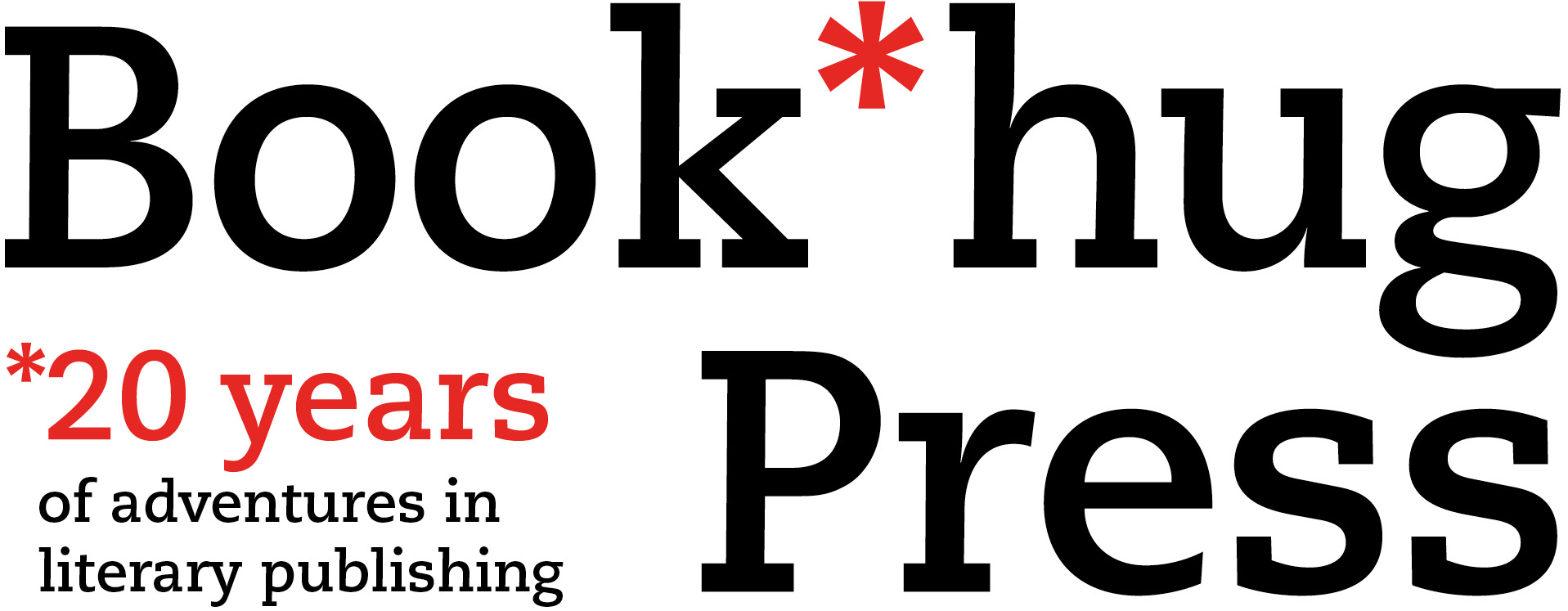Behind the Chapter with Hanna Nordenhök

Today, we invite Hanna Nordenhök to the blog to share thoughts on a chapter from her newly translated novel, Caesaria! Read on for insights into the inspirations and questions that led Hanna to draft a particular scene on page 69 of her book. Off to Hanna!
“Doctor Eldh took me into his care and kept me at Lilltuna as one preserves a pearl; perhaps he kept me simply because he could.”
(Chapter p 69 – 75)
It is true that I found the girl Caesaria in a footnote while I was exploring the history of medicine, specifically the dawn of obstetrics and gynecology in 19th century Sweden. But even as I went on to write my own ficticious Caesaria, taking this research as a loose starting point, it is also true that this girl seems to have always existed inside me: her girlhood, deeply conditioned by patriarchal society, had things to tell me about my own, and I dare to say many women’s, girlhood. So, during the writing process, I often found myself thinking that I was working on a strange type of memoir. That is, an excavation of an inner world of collective memory — shared to an extent, I think, by all women.
One of my earliest memories of encountering sexuality was connected to bulls. As a child I often spent summers in the Aragonese Pyrenees with my family, in a small, very rural village high up in the mountains where our Spanish friends had a house. I harbor this image of passing by an enclosed pasture with my mother where young bulls, full of frustrated rut, were trying to mount each other with their, in my three-or-four-year-old eyes, shockingly long and blazingly red sexes, lustrous and oily like metal: like extraterrestrial knifes, lethal weapons. The scene had a strong impact on me. It filled me with an unnamed fear and dark, obscure predictions about a future to come. I soon put these images of uncontrolled lust and shining knives in relation to the cows I had seen in other enclosed pastures, those animals I always loved, with their soulful, expressive eyes where they stood silently watching me from their dull lives, subjected to confinement and violent handling in a milk, meat and reproduction industry on which our food supply to a great extent depends. Female bodies in the service of a brutal, colonizing world. I suddenly identified with them.
This scene with the Pyrenean bulls was, perhaps, my first insight into a dark, violent element of male sexuality, and it hinted to me that it had something decisive to say about my own life as a girl, that one day would grow up to be a woman. And the memory of these bulls was among the ones from that shadowy memory bank that were roused and insisted on revealing itself when I wrote Caesaria: a novel, to me, amongst other things, about what it means to be a girl in a male society. The scene had forever impressed itself on my inner eye, and so it also led me to explore 19th Century cattle breeding, a research process that now lies in the heart of the chapter on the yearlings covering the cows in the pastures of Lilltuna: scenes that Caesaria observes and incorporate to the vast puzzle of her confined, isolated girl life.

